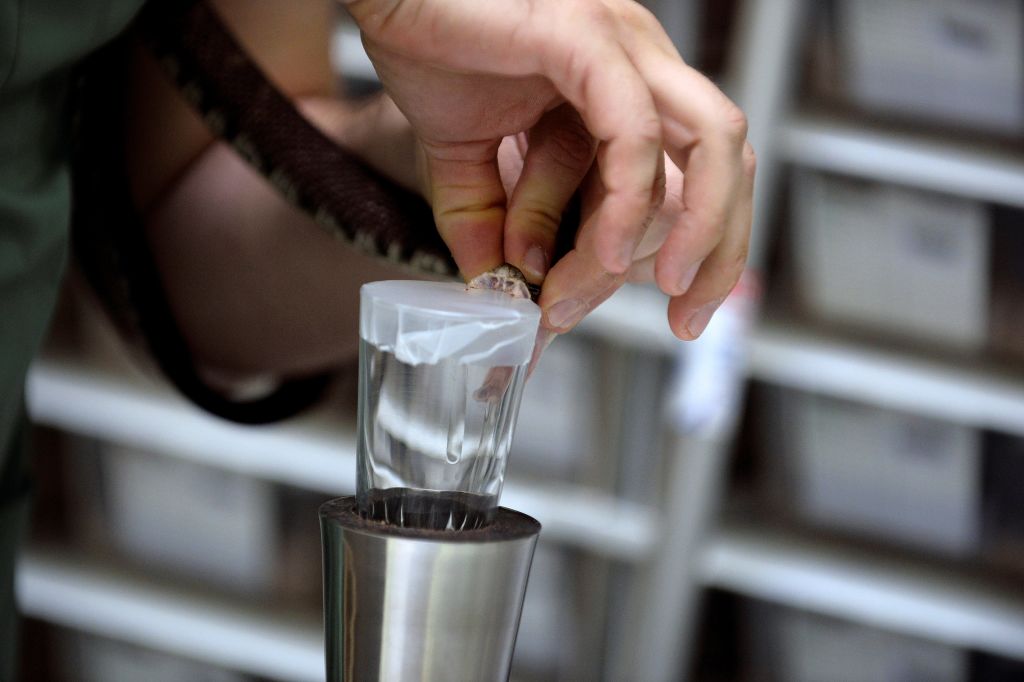Scientists have developed a medical adhesive from the venom of lancehead snakes. This snake is one of the most poisonous found in South America. The scientists from the Western University in Canada have used baxtroxobin or reptilase, a blood-clotting enzyme in the venom, to create the glue. The adhesive can stick to body tissue and stop profuse bleeding in 45 seconds.
According to Kibret Mequanint, a study co-author and Engineering professor at Western University, the glue is applied by squeezing the tube and shining a light over it for a few seconds. Any visible light, such as a laser or a smartphone flashlight, can be used. Physicians can use it for an injury or trauma. The scientists hope that healthcare workers can use the glue to prevent death from excessive bleeding.
Mequanint has experience in developing therapeutic technologies and medical devices from biomaterials. In the last twenty years, he has licensed some of his creations to medical companies, while others are currently undergoing preclinical testing. The latest project is a partnership with another group of scientists.
How scientists made the glue
The scientists combined the adhesive with gelatin to make it easy to put in small tubes for application. The small tubes can also fit easily in first aid kits.
When developing the superglue, the scientists tested it on models for severely injured livers, ruptured aorta, and deep skin cuts to test its efficacy. All these models are considered serious bleeding situations. In addition, they tried the glue on a cut rat tail. The rat tail stopped bleeding after 34 seconds. This figure was a 78% decrease in blood loss.
Snake venom glue is more potent than fibrin adhesive used in clinics
According to scientists, the superglue has ten times the adhesive strength of clinical fibrin glue. It is an improvement over standard clinical fibrin, the most preferred medical adhesive by surgeons. Fibrin can trigger hemostasis, seal broken tissues and improve targeted medicine delivery.
The venom-derived glue also takes less time to seal tissues than fibrin which takes 90 seconds. As a result, this could lead to less blood loss hence saving more lives. Additionally, surgeons can use the glue for suture-free wound closures.


